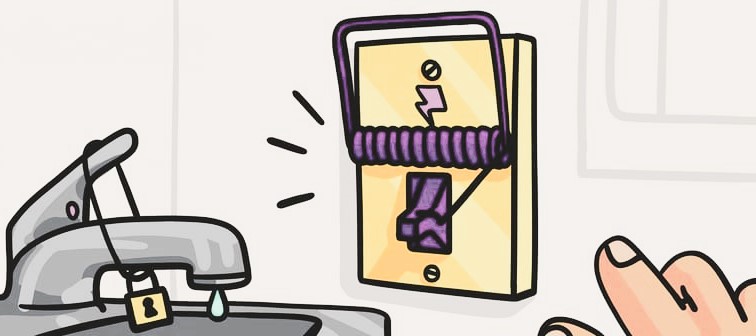As winter sets in and temperatures drop, heating costs can quickly skyrocket, putting a strain on both your budget and the environment. However, there are several practical and cost-effective ways to lower heating costs while keeping your Canadian home warm and comfortable. In this article, we will explore tips and strategies that can help you reduce your heating expenses and make your home more energy-efficient.
1. Weatherproofing and Insulation
A well-insulated and weatherproofed home is the foundation of energy efficiency. Start by sealing any air leaks around windows, doors, and vents using weatherstripping or caulking. Consider adding insulation in your attic, walls, and basement to reduce heat loss. Adequate insulation helps retain heat inside your home, reducing the amount of energy needed to maintain a comfortable temperature.
2. Programmable Thermostat
Installing a programmable thermostat is an excellent way to save on heating costs. Set the thermostat to lower the temperature when you’re away or asleep and raise it when you’re at home. This way, you can enjoy a warm and cozy home when needed while saving energy during periods of inactivity.

3. Regular HVAC Maintenance
Proper maintenance of your heating system is essential for optimal performance and energy efficiency. Schedule annual maintenance with a qualified HVAC professional to ensure that your furnace or heat pump operates at peak efficiency. Regular maintenance includes cleaning or replacing filters, inspecting ductwork for leaks, and ensuring that all components are functioning correctly.
4. Utilize Natural Heat Sources
Take advantage of natural heat sources to warm your home without relying solely on your heating system. During the day, open curtains or blinds on south-facing windows to allow sunlight to naturally warm your living spaces. At night, close curtains and blinds to provide an additional layer of insulation.
5. Use Energy-Efficient Heating Systems
Consider upgrading to an energy-efficient heating system to reduce your energy consumption and heating costs. Look for systems with high Annual Fuel Utilization Efficiency (AFUE) ratings or Energy Efficiency Ratio (EER) ratings, depending on the type of heating system you choose. Energy-efficient options include high-efficiency furnaces, heat pumps, and geothermal systems.
6. Zone Heating
Implementing zone heating allows you to heat specific areas of your home independently, based on occupancy and need. By using zone valves or programmable thermostats, you can divert heat to occupied rooms while keeping unoccupied areas at a lower temperature, saving energy and reducing heating costs.
7. Seal Ductwork
Leaky ducts can result in significant energy loss and decreased heating efficiency. Seal any leaks or gaps in your ductwork to ensure that heated air reaches its intended destination efficiently. Consider hiring a professional to inspect and seal your ducts for optimal performance. The advantages of energy-efficient heating systems, we described in detail in this article.
8. Use Ceiling Fans
Ceiling fans aren’t just for cooling. In the winter, switch your ceiling fans to the reverse or clockwise setting to circulate warm air trapped near the ceiling back down into the room. This can help distribute heat more effectively, allowing you to lower the thermostat without sacrificing comfort.
9. Consider Window Upgrades

Windows play a significant role in heat loss and gain. Consider upgrading to energy-efficient windows with features such as Low-E coatings, double or triple glazing, and insulated frames. Energy-efficient windows can help reduce drafts, minimize heat transfer, and contribute to overall energy savings.
10. Government Programs and Incentives
For more information on energy-efficient practices and available resources, you can refer to the Wikipedia page on energy conservation. Additionally, the Standards Council of Canada (SCC) establishes standards and guidelines to ensure energy efficiency and safety. You can learn more about energy efficiency standards and practices in Canada on the SCC website.
By implementing these tips and taking advantage of available resources, you can lower your heating costs and create a more energy-efficient Canadian home. Start saving money, reducing your carbon footprint, and enjoying the warmth and comfort of an efficiently heated home.
